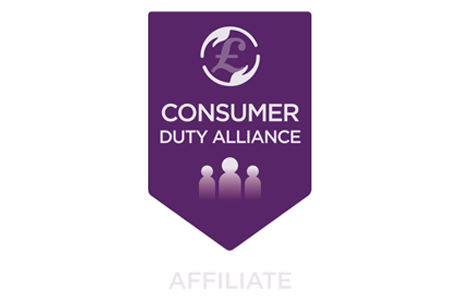The Name's Bond...

Richard Howes
8 January 2024We have all heard of the words used to describe 2023, ‘interesting’ and ‘challenging’ were just a couple that were bandied around. But what was undisputed from our point of view, and one that was really refreshing to hear, was education and information, which rose to the top of advisers requirements as they needed to navigate suitable pathways for their clients through the ‘instability’ which became the watch word for 2023.
One of the areas that we all became proficient in was the working of SWAP rates and their impact on lender pricing and rightly so; the more the market understands the workings of its influences, can only be a good thing. It also plays right into the hands of Consumer Duty, which is not only here to stay but is the new culture driving the right behaviours from advisers to make the best decisions for their clients.
It is this information that can form the basis of client communications, as they run off their old fixed rate into the new environment where cost will be increased, emphasising the need to speak to their adviser and take full advice. However, are there other areas of influence that we can look at to determine the shape of the market from a pricing perspective? And again, explain this to clients to prepare them for what could happen next?
One of those areas of influence is the bond market. As you may know, bonds are long-term, low-risk investment products. Corporations can issue private bonds but Treasury bonds issued by the federal government are much more well-known. Bonds are essentially debt instruments issued by corporations, municipalities, and governments to raise capital. When investors buy bonds, they are essentially lending money to the issuer in exchange for regular interest payments and the return of the principal amount at maturity. Bonds are typically considered less risky investments compared to stocks because they offer fixed income streams and have a predetermined maturity date.
Bond prices and mortgage interest rates have an inverse relationship with one another. That means that when bonds are more expensive, mortgage rates are lower. The reverse is also true – when bonds are less expensive, mortgage interest rates are higher.
At first glance, this might seem like an illogical correlation, but whilst the bond market and the mortgage market are two separate financial markets, they are intertwined in allowing lenders to look at pricing and determine where overall pricing is going, and if, where and how they wish to price against their own risk, costs and appetite over a longer term. They give a view from a longer position rather than the immediacy of SWAPs.
It should be noted though that both the bond market and the mortgage market are influenced by various factors such as interest rates, credit quality, economic conditions, and government policies. Changes in these factors can impact the pricing and availability of bonds and mortgages, thereby influencing borrowing costs for governments, corporations and individuals.
However, the bond market has a significant influence on mortgage rates, mortgage rates generally move in tandem with changes in bond yields, particularly those of long-term bonds. In 2023 as a result of economic factors in the global environment the bond market had a ’surge’ in yields making them very attractive, but towards the end of the year these yields began falling back as governments around the world started to get a grip on inflation. The recent performance on bonds has seen some commentators predict the base rate could be cut 3 times in 2024, allowing further movement on mortgage pricing in a downward fashion - thus keeping the market moving.
Mortgage rates are closely tied to the yields on long-term bonds, due to the fact that mortgages are usually long-term loans, and lenders want to align the interest rates on mortgages with long-term rates in the bond market to mitigate their own risks. It's important to note that while the bond market has a significant influence on mortgage rates, other factors such as economic conditions, inflation expectations, and lender profitability also impact mortgage rates. Therefore, mortgage rates may not move in perfect lockstep with bond yields, but they do share a strong relationship.
So, if you are looking for more education and information for your potential and existing client bank, by all means talk to them about SWAP rates but for a view that perhaps can take in a longer term strategy don’t discount the Bond market and what impact it will have.
Analysis by CACI of the market suggests that between January and June 2024 over £107.3 billion worth of residential mortgages and £18.1 billion worth of buy-to-let deals* are coming to the end of their terms. Information and education such as this can only highlight your value to your clients, as I am sure a computer in a lender (if a client were to go direct), may miss!


